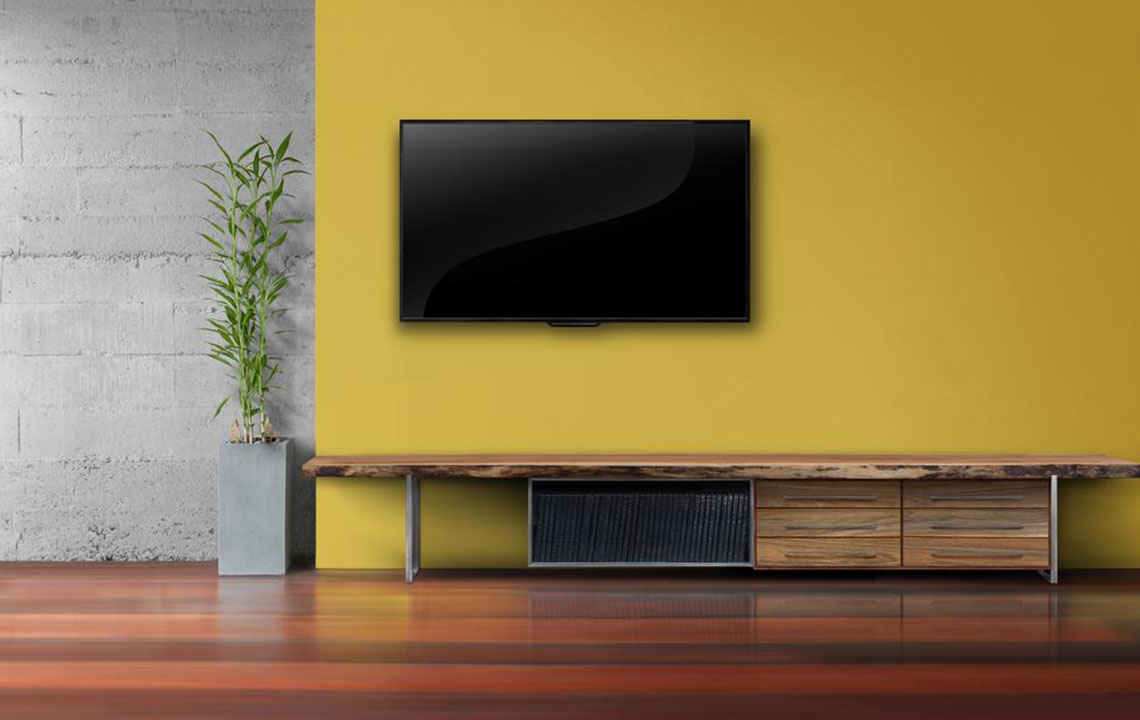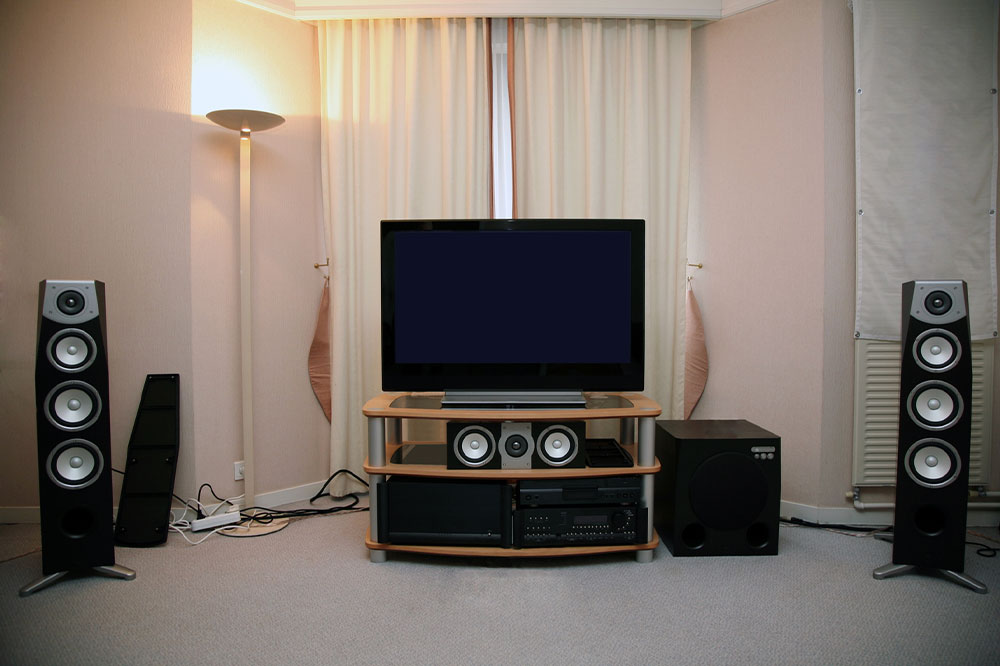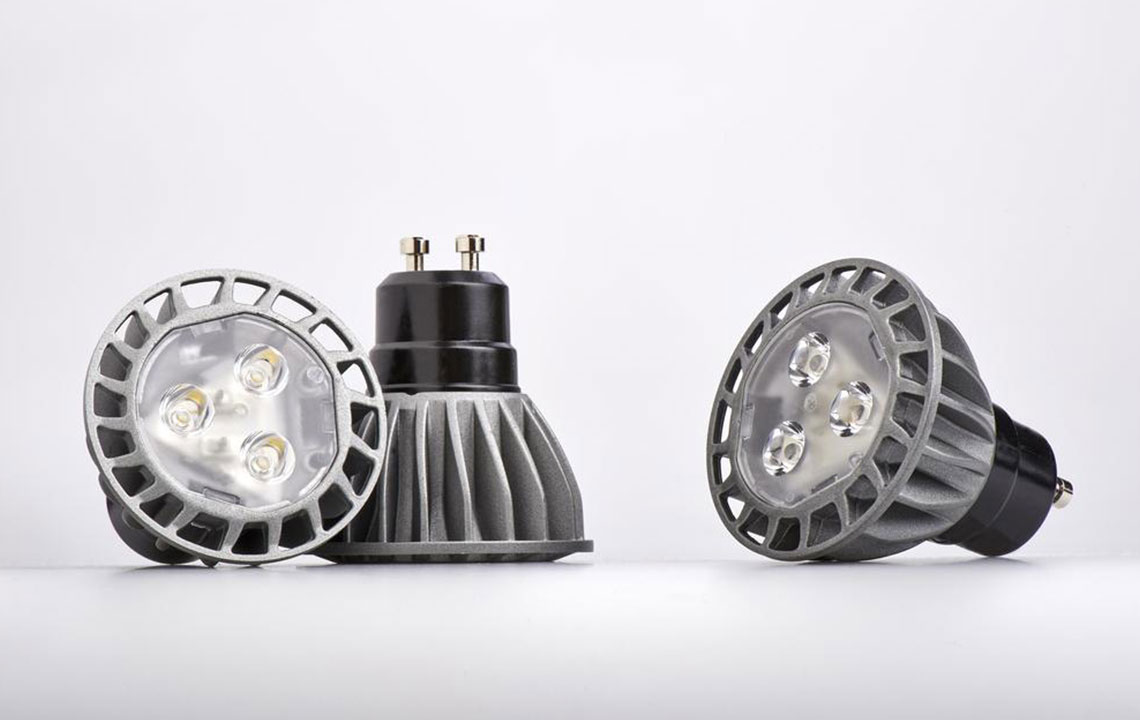Comprehensive Guide to Selecting the Ideal LED Television for Your Home
Choosing the right LED television involves considering many factors such as size, technology, connectivity, and refresh rate. This comprehensive guide helps you understand these essential features to select a model that fits your space and viewing preferences, ensuring an optimal entertainment experience. Whether upgrading your living room or setting up a home theater, informed decisions lead to better satisfaction and lasting value.

Comprehensive Guide to Selecting the Ideal LED Television for Your Home
Choosing the right LED television can be a daunting task given the vast array of options available in today's electronics market. With technological advancements and the plethora of features offered, consumers often find themselves overwhelmed when trying to make an informed decision. To ensure that you select a TV that perfectly fits your living space, viewing habits, and budget, it’s essential to understand the core factors to consider before making a purchase. This comprehensive guide delves into the key aspects such as display size, display technology, connectivity options, refresh rates, and more, equipping you with the knowledge needed to make a smart and satisfying investment.
Making an informed choice requires understanding the nuances of LED TVs and how to evaluate the various features. Here’s an in-depth look at the most important considerations:
Choosing the Right Display Size
One of the first factors to consider when selecting an LED television is the display size. The appropriate size depends largely on your room dimensions and viewing distance. A screen that is too small may diminish your viewing experience, while an excessively large TV can be overwhelming and uncomfortable to watch. A practical rule of thumb is that the ideal viewing distance should be approximately three times the height of the screen for 1080p HD content, and even closer for 4K Ultra HD content, which allows for crisper details and an immersive experience. To determine the best size for your space, measure your room's viewing area and visit local electronics stores to visualize different sizes before making a final decision. Remember, larger screens provide a better cinematic feel but need adequate spacing to avoid discomfort.
Understanding Display Technology
When exploring LED televisions, it’s important to understand the technical terminology and how different display technologies compare. While many consumers are familiar with terms like LCD and LED, it’s vital to know that most modern TVs labeled as LED are actually LCD panels illuminated by LED backlighting. This differs from OLED (Organic Light Emitting Diode) screens, which offer superior contrast ratios and deeper blacks but usually at a higher price point. Be cautious of marketing jargon—many features advertised as 'smart' or 'ultra-high definition' can be confusing or redundant. Focus on core technology, such as whether the TV uses edge-lit or direct-lit LED panels, as this affects brightness and contrast. Opting for an LED TV with local dimming capabilities can significantly improve picture quality, especially in dark scenes.
Connectivity and Port Options
Connectivity features play a crucial role in your overall viewing experience. Ensure the TV has sufficient HDMI ports to connect multiple devices such as gaming consoles, streaming players, soundbars, and Blu-ray players. A standard LED TV should ideally offer at least three to four HDMI inputs. Additionally, check for other ports like USB, Ethernet, and audio outputs to accommodate your multimedia devices. Wireless connectivity options such as Wi-Fi and Bluetooth are also important for streaming content effortlessly and connecting wireless speakers or keyboards. The presence of modern standards, like HDMI 2.1 or HDMI ARC, can future-proof your investment and enhance compatibility with new devices.
Refresh Rate and Motion Handling
The refresh rate, measured in Hertz (Hz), indicates how many times the screen updates per second. Higher refresh rates typically translate into smoother motion, which is particularly noticeable when watching fast-paced sports, action films, or playing video games. While 60Hz has been standard for most LED TVs, models with 120Hz or even 240Hz refresh rates provide crisper images and lessen motion blur. Some televisions also feature motion enhancement technologies that interpolate frames to improve clarity. When selecting a TV, aim for a refresh rate of at least 120Hz for a seamless viewing experience in fast-moving scenes. Keep in mind that higher refresh rates may slightly increase the price but ultimately offer a more fluid and enjoyable viewing experience.
In conclusion, selecting the ideal LED television involves balancing screen size, display technology, connectivity options, refresh rate, and budget. By taking the time to research and evaluate these key factors, you can ensure your new TV enhances your home entertainment setup and provides years of high-quality viewing pleasure. Remember, a well-chosen television not only enriches your daily entertainment but also becomes an integral part of your home environment, providing cinematic moments right in your living room.





